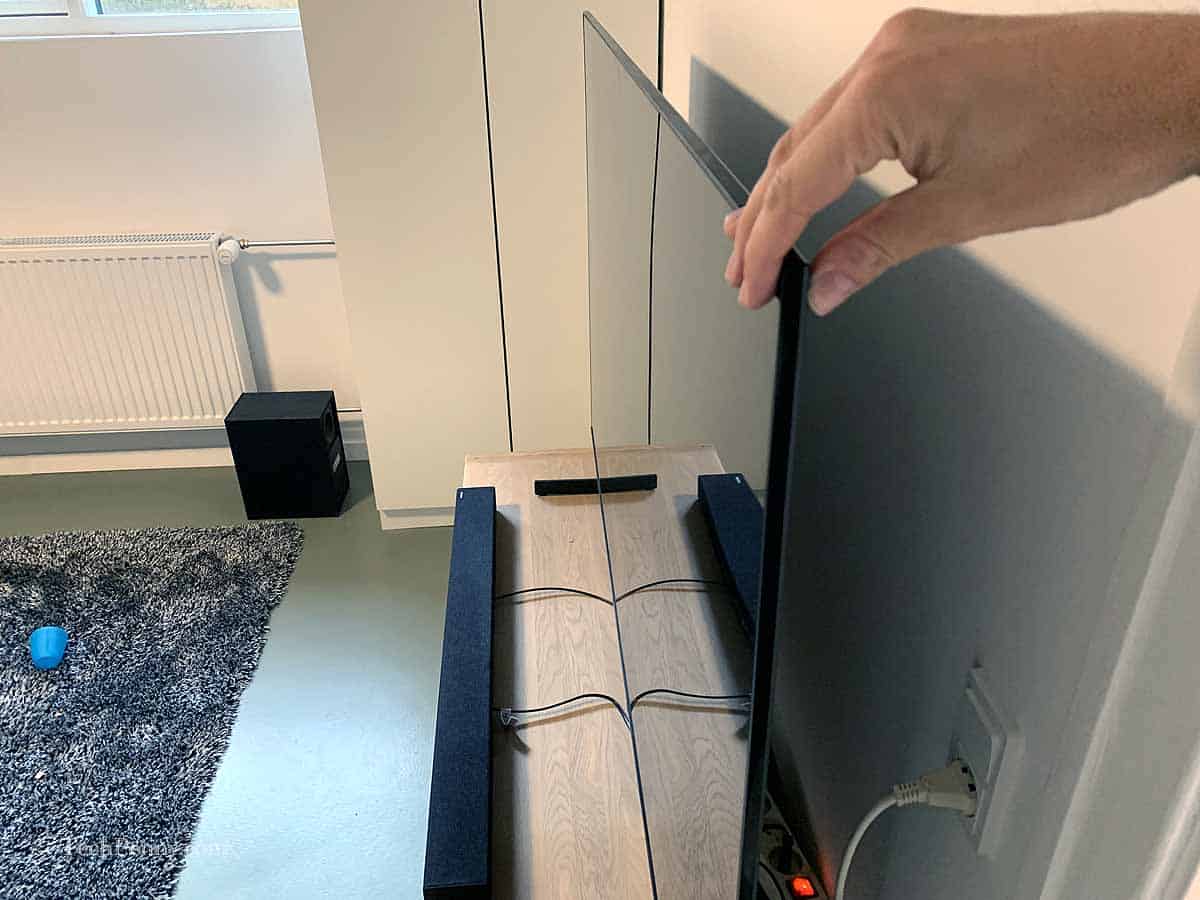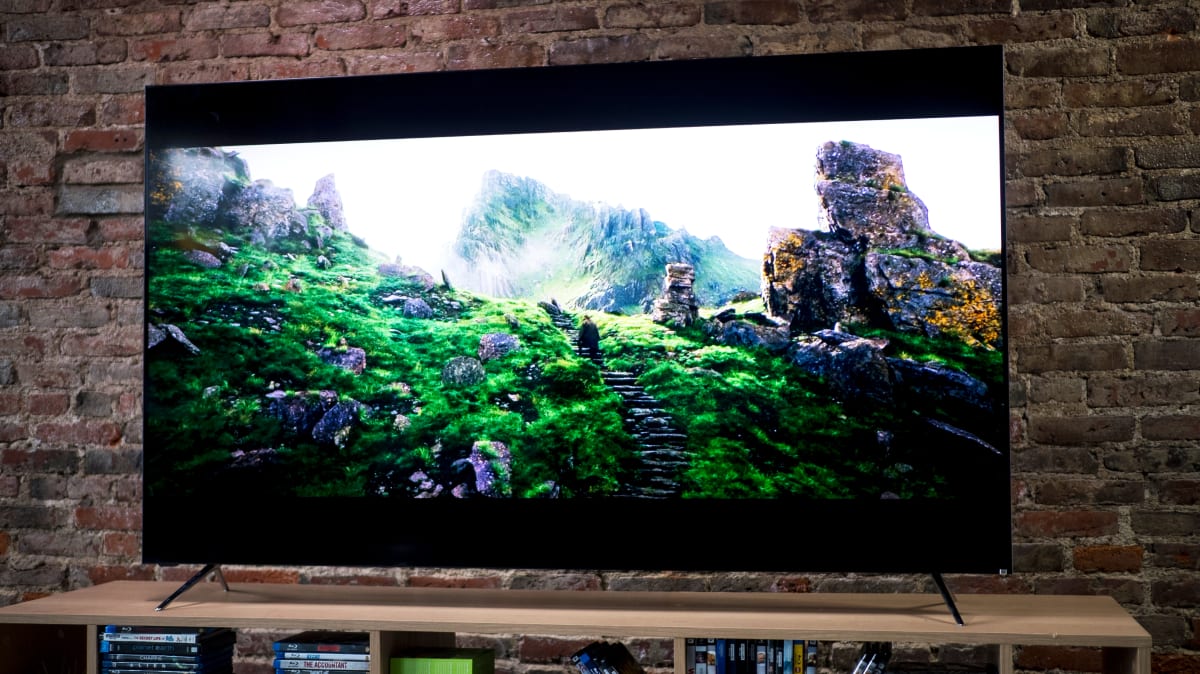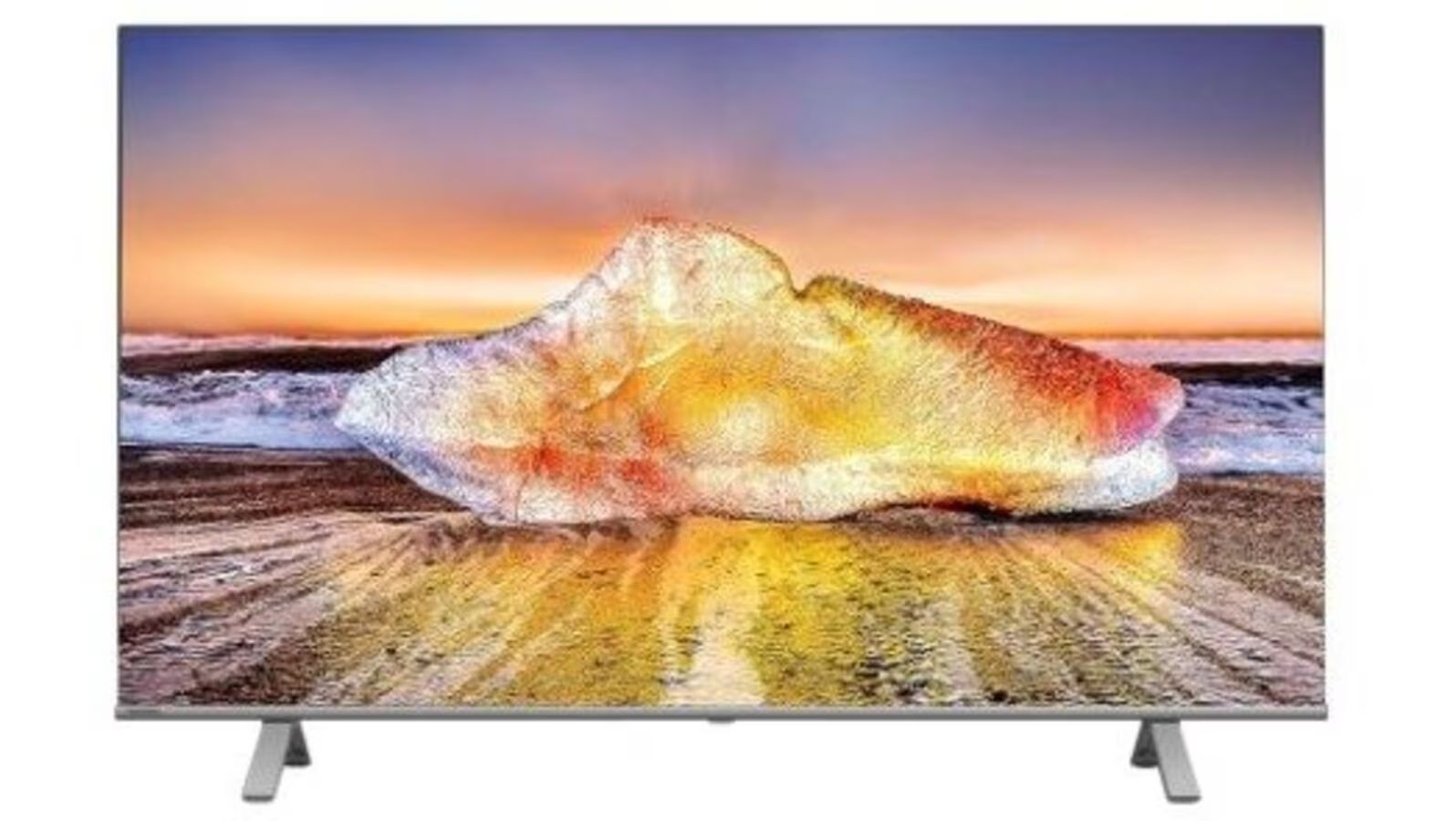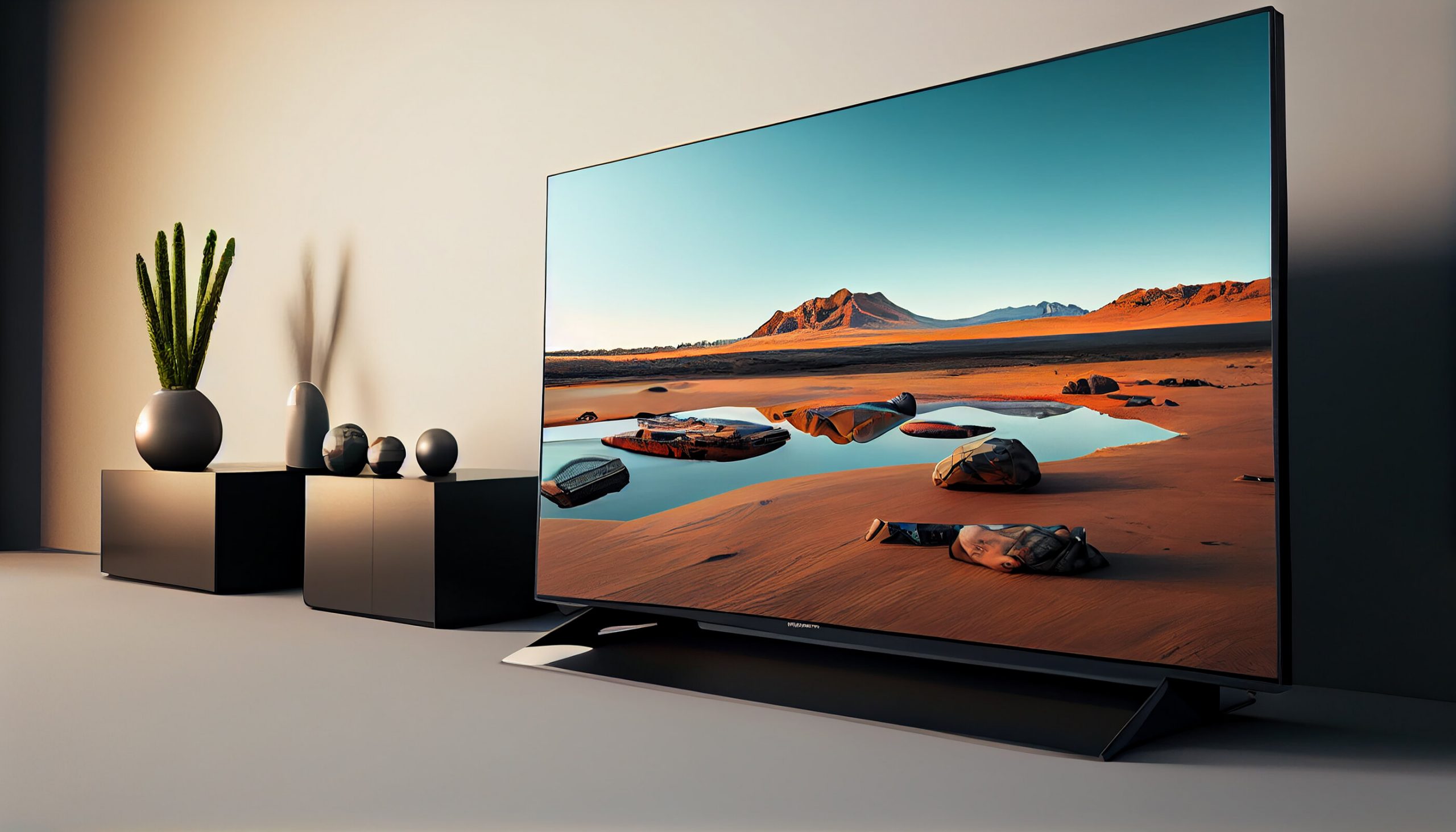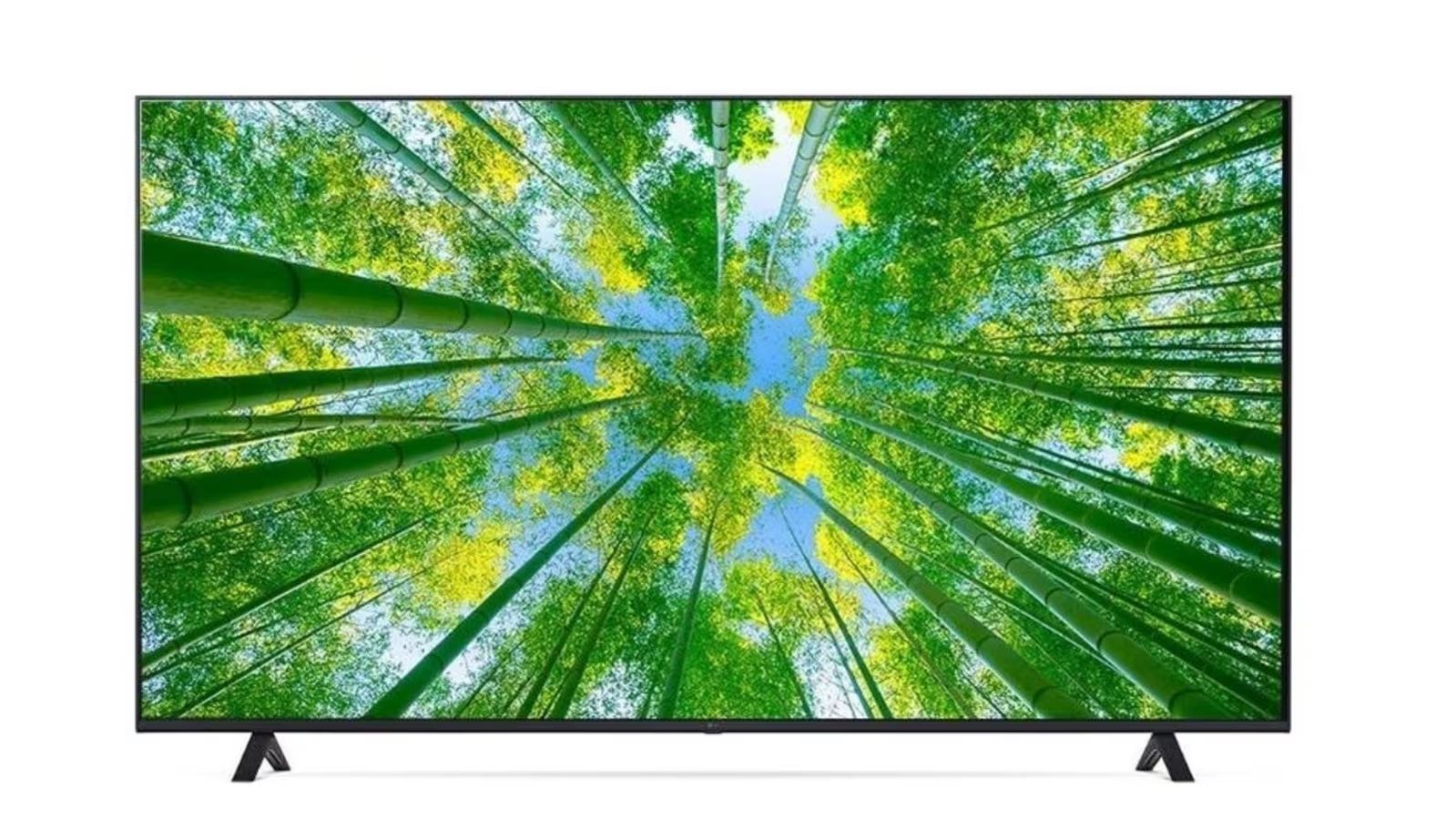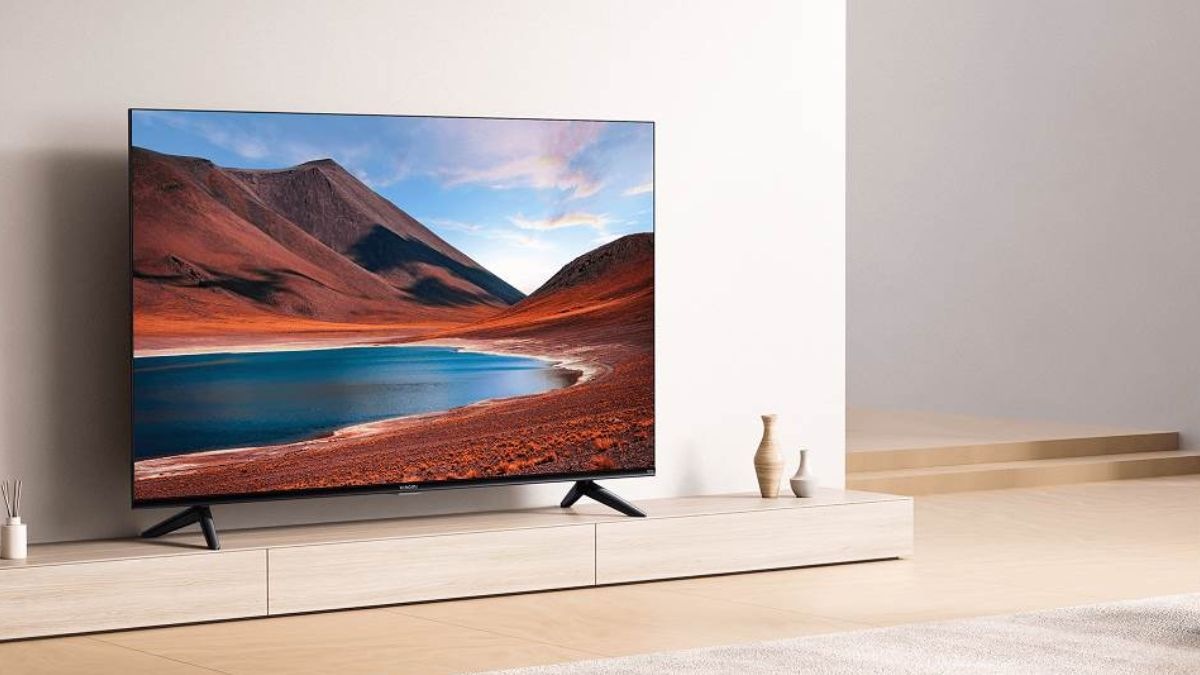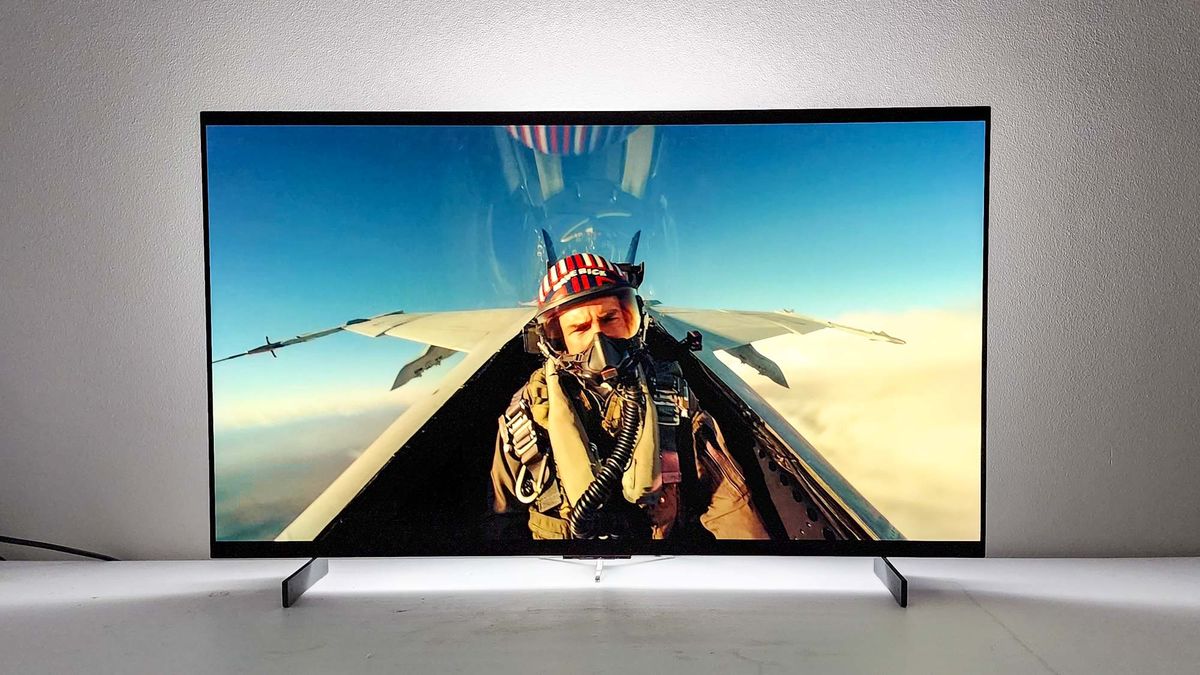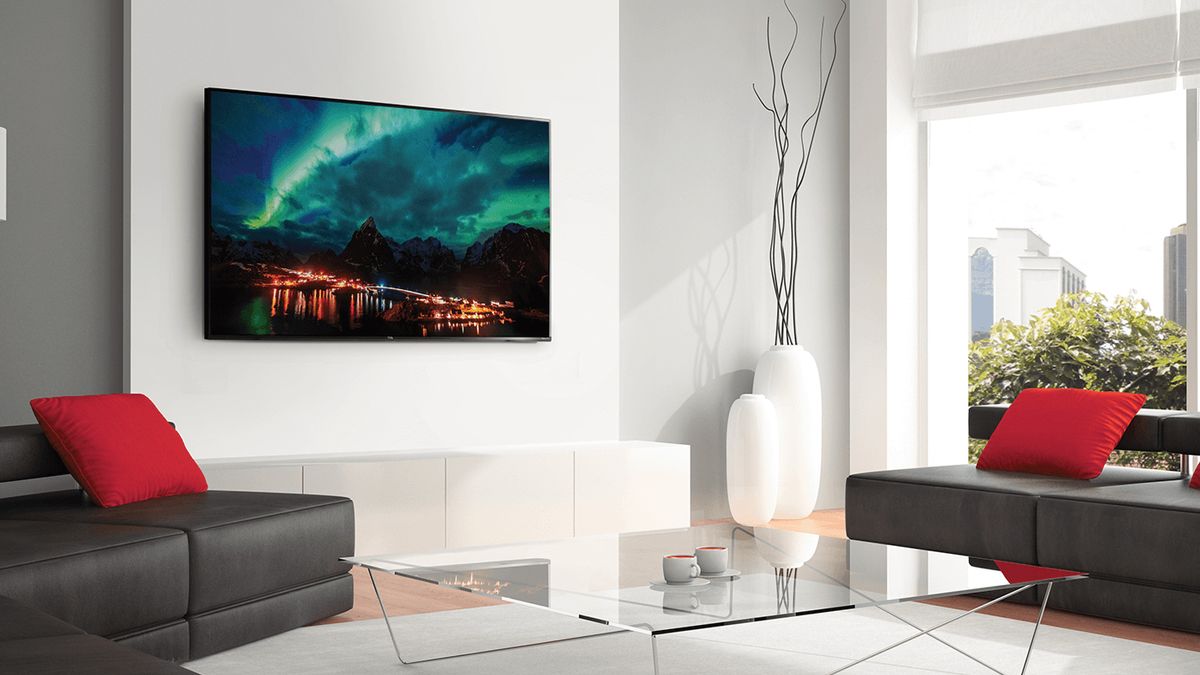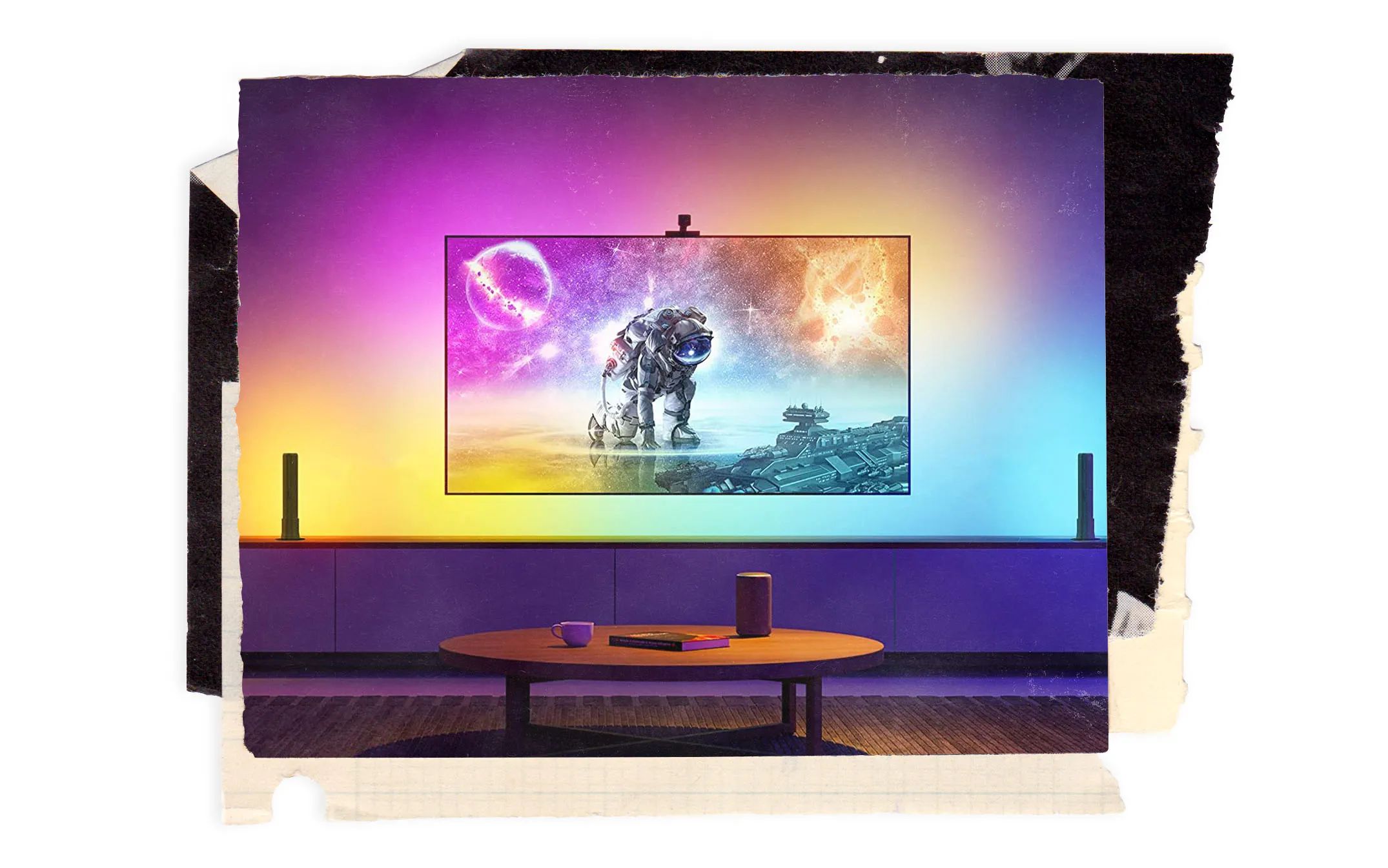Introduction
Welcome to the fascinating world of LED TVs! In this digital age, televisions play a crucial role in our lives, serving as a source of entertainment, information, and even a centerpiece for home decor. LED TVs, in particular, have gained immense popularity due to their sleek design, vibrant picture quality, and energy-efficient technology.
An LED TV, short for Light Emitting Diode Television, utilizes an advanced display technology where light-emitting diodes are used to illuminate the screen. This results in enhanced brightness, contrast, and color accuracy, providing viewers with an immersive visual experience.
Like any other electronic device, the lifespan of an LED TV is a topic of interest for many consumers. How long can you expect your LED TV to last? What factors impact its longevity? Can you do anything to extend its lifespan? In this article, we will explore these questions and provide you with valuable insights.
Before delving into the average lifespan of an LED TV, it’s important to understand the various factors that can significantly impact its longevity. These factors include usage patterns, environmental conditions, quality of components, and maintenance practices. By being aware of these factors, you can take proactive steps to ensure the longevity of your LED TV.
What Is an LED TV?
An LED TV is a type of television that utilizes light-emitting diodes (LEDs) as the primary source of backlighting. Unlike traditional LCD TVs, which use fluorescent lights to illuminate the screen, LED TVs employ LED technology to produce bright and vibrant images.
LED TVs offer several advantages over their LCD counterparts. One key benefit is their slim and sleek design. LED backlighting allows for a thinner profile, making these TVs an attractive addition to any living space. Additionally, LED technology provides superior picture quality, with enhanced brightness, contrast ratios, and color accuracy. This results in sharper details, deeper blacks, and more vibrant colors, providing viewers with a captivating visual experience.
There are two main types of LED TVs: edge-lit LED TVs and full-array LED TVs. Edge-lit LED TVs utilize LEDs placed only at the edges of the screen, directing light inward. This design allows for a thinner profile but may result in slightly uneven lighting across the screen. On the other hand, full-array LED TVs feature LEDs distributed across the entire back panel, providing more uniform lighting and better control over brightness levels.
Another notable feature of LED TVs is their energy efficiency. LED technology is more energy-efficient compared to traditional LCD TVs, as LEDs consume less power while producing brighter images. This not only helps reduce energy consumption and electricity bills but also contributes to a greener and more sustainable environment.
In recent years, LED TVs have become increasingly popular and affordable, making them a common choice for consumers looking to upgrade their home entertainment systems. With their impressive visual performance, sleek design, and energy-efficient operation, LED TVs have revolutionized the way we experience television.
Factors That Impact the Lifespan of an LED TV
The lifespan of an LED TV is influenced by several factors that can significantly impact its longevity. By understanding these factors, you can take necessary precautions to ensure that your LED TV lasts for as long as possible. Let’s explore the key factors that play a role in the lifespan of an LED TV:
1. Usage Patterns: The amount of time you spend watching your LED TV can affect its lifespan. Continuous usage for long hours may result in increased wear and tear on the components, potentially shortening its lifespan. It is advisable to take regular breaks and avoid leaving the TV on for extended periods when not in use.
2. Environmental Conditions: The environment in which your LED TV is placed can impact its longevity. Extreme temperatures, high humidity, and exposure to direct sunlight can have detrimental effects on the internal components of the TV. Placing your TV in a well-ventilated area away from direct sunlight and maintaining a moderate temperature can help prolong its lifespan.
3. Quality of Components: The quality of the components used in the manufacturing of the LED TV can influence its lifespan. TVs made with high-quality materials tend to have a longer lifespan compared to those with cheaper components. Investing in a reputable brand and reading reviews can help ensure that you are purchasing a TV with durable components.
4. Maintenance Practices: Proper maintenance plays a vital role in extending the lifespan of your LED TV. Regular cleaning of the screen and the TV’s vents will help prevent dust buildup, which can affect the performance of the TV. It is also important to handle the TV with care, avoiding any unnecessary physical stress or impact on the screen or other components.
5. Power Surges: Power surges or fluctuations in electricity can have a damaging impact on your LED TV. Connecting your TV to a surge protector can help safeguard against sudden power fluctuations and protect the internal circuitry.
By considering these factors and implementing proper measures, you can maximize the lifespan of your LED TV and enjoy optimal performance for years to come.
Average Lifespan of an LED TV
The average lifespan of an LED TV can vary depending on various factors, including usage, quality, and maintenance. While LED TVs are designed to be durable and long-lasting, it’s important to set realistic expectations regarding their lifespan.
On average, an LED TV can last for around 5 to 7 years. However, this is just an estimate, and some TVs may exceed this lifespan while others may fall short. The actual lifespan of an LED TV can be influenced by several factors, such as the brand, model, usage patterns, and environmental conditions.
Higher-end LED TVs from reputable brands tend to have longer lifespans compared to lower-priced models. These TVs often contain superior components and are subjected to stringent quality control measures during manufacturing.
Usage patterns significantly impact the lifespan of an LED TV. TVs that are used continuously for long periods, such as in commercial settings, may have a shorter lifespan compared to TVs used for moderate or occasional viewing. It’s recommended to adhere to the manufacturer’s guidelines regarding usage and avoid excessive or unnecessary usage.
The environment in which the LED TV is placed also plays a role in its longevity. TVs exposed to extreme temperatures, humidity, or direct sunlight may experience premature deterioration of components, leading to a shorter lifespan. Creating an optimal environment for the TV by avoiding such conditions can help extend its lifespan.
Proper maintenance and care are crucial for maximizing the lifespan of an LED TV. Regular cleaning, as well as handling the TV with caution to prevent physical damage, can contribute to its longevity. It’s also advisable to promptly address any issues or abnormalities that may arise, such as flickering screens or unusual sounds, as these may indicate underlying problems that can impact the TV’s lifespan.
While the average lifespan of an LED TV falls within the 5 to 7-year range, it’s important to note that advancements in technology are continually improving the durability and longevity of modern TVs. By implementing good usage habits, prioritizing maintenance, and investing in a high-quality LED TV, you can ensure that your TV serves you well for many years to come.
Extending the Lifespan of Your LED TV
While the lifespan of an LED TV is influenced by various factors, there are steps you can take to extend its longevity and maximize its performance. By implementing the following practices, you can ensure that your LED TV serves you well for an extended period:
1. Proper Ventilation: Ensure that your LED TV has proper ventilation to prevent overheating. Avoid placing the TV in enclosed spaces or covering the vents. Good airflow helps regulate the temperature of the internal components, reducing the risk of damage.
2. Optimal Viewing Conditions: Avoid exposing your LED TV to extreme temperatures, high humidity, or direct sunlight. Optimal viewing conditions include a moderate temperature and low humidity environment. This helps prevent the deterioration of internal components and ensures optimal performance.
3. Regular Cleaning: Dust accumulation on the screen and vents can affect the performance and lifespan of your LED TV. Regularly clean the screen using a soft, lint-free cloth, and gently dust the vents to prevent obstruction of airflow. Avoid using harsh cleaning solutions or rough materials, as they can cause damage.
4. Power Protection: Protect your LED TV from power surges by using a surge protector. Power fluctuations can damage the internal circuits of the TV. Additionally, it is advisable to unplug the TV during thunderstorms or when it will not be used for an extended period.
5. Avoid Static Images: Displaying static images on your LED TV for prolonged periods can result in image retention or burn-in. This is especially true for OLED TVs. To prevent this, use screen savers or ensure that the displayed content periodically changes.
6. Proper Handling: Handle your LED TV with care to avoid any physical damage. Avoid placing heavy objects on the screen, and be cautious when cleaning the TV or moving it. Excessive force or impact can lead to internal damage and reduce the TV’s lifespan.
By incorporating these practices into your routine, you can significantly extend the lifespan of your LED TV and maintain its optimal functionality for years to come.
Signs that Your LED TV is Nearing the End of its Life
Like any electronic device, an LED TV will eventually reach the end of its lifespan. Recognizing the signs that your TV is nearing the end can help you plan for a replacement and avoid potential inconveniences. Here are some common signs that indicate your LED TV is nearing the end of its life:
1. Flickering or Dimming: If you notice frequent flickering or dimming of the screen, it could be an indication of a failing backlight or other internal component. This may signal that the TV is reaching the end of its lifespan.
2. Ghosting or Image Retention: Ghosting refers to a residual image that lingers on the screen even after the content has changed. If you notice persistent ghosting or image retention, it may suggest that the display panel is deteriorating, and the TV’s lifespan is coming to an end.
3. Unusual Noises: Any unusual buzzing, humming, or popping sounds coming from your LED TV can be a warning sign of internal issues. These noises may indicate problems with the power supply, capacitors, or other components, and could be a sign of the TV’s deteriorating condition.
4. Color Distortion: If you observe significant color distortion, such as color banding or inconsistent color reproduction, it could be a sign of a failing display panel. This type of issue may occur as the TV ages and the pixel structure becomes less reliable.
5. Inability to Power On or Off: A TV that struggles to power on or off, or requires multiple attempts to do so, may indicate an issue with the internal circuitry. This can be a sign that the TV is approaching the end of its lifespan.
6. Increasing Repairs: If you find yourself needing frequent repairs for your LED TV, it might be a sign that it is nearing the end. As the TV ages, the probability of component failures or issues arising increases, making repairs less cost-effective in the long run.
7. Outdated Features and Compatibility: As technology advances, older LED TVs may become obsolete in terms of features and compatibility with newer devices. If your TV is no longer compatible with the latest streaming services, gaming consoles, or other devices, it may be a sign that it is time for an upgrade.
Keep in mind that these signs may vary depending on the specific model and brand of your LED TV. If you notice any of these signs, it’s recommended to consult a professional technician or consider replacing your TV to avoid potential frustrations and enjoy an enhanced viewing experience.
Conclusion
In conclusion, LED TVs have revolutionized the television industry with their sleek design, vibrant picture quality, and energy-efficient technology. While the average lifespan of an LED TV is around 5 to 7 years, several factors can impact its longevity.
Factors such as usage patterns, environmental conditions, quality of components, and maintenance practices play a crucial role in determining the lifespan of an LED TV. By understanding and considering these factors, you can take proactive steps to maximize the lifespan of your TV and ensure optimal performance.
Implementing practices like proper ventilation, maintaining optimal viewing conditions, regular cleaning, using power protection measures, avoiding static images, and handling the TV with care can significantly extend the lifespan of your LED TV.
Recognizing the signs that your LED TV is nearing the end of its life is essential for planning a replacement and avoiding inconveniences. Signs such as flickering or dimming, ghosting or image retention, unusual noises, color distortion, power issues, increasing repairs, and outdated features should be monitored to gauge the TV’s condition.
By being proactive and attentive to the needs of your LED TV, you can enjoy its optimal performance for an extended period. Remember to follow the manufacturer’s guidelines, invest in a high-quality TV, and perform regular maintenance to ensure that your LED TV continues to deliver an immersive and exceptional viewing experience.
So, go ahead and make the most of your LED TV while taking the necessary steps to prolong its lifespan, allowing you to enjoy endless hours of entertainment and captivating visuals.







